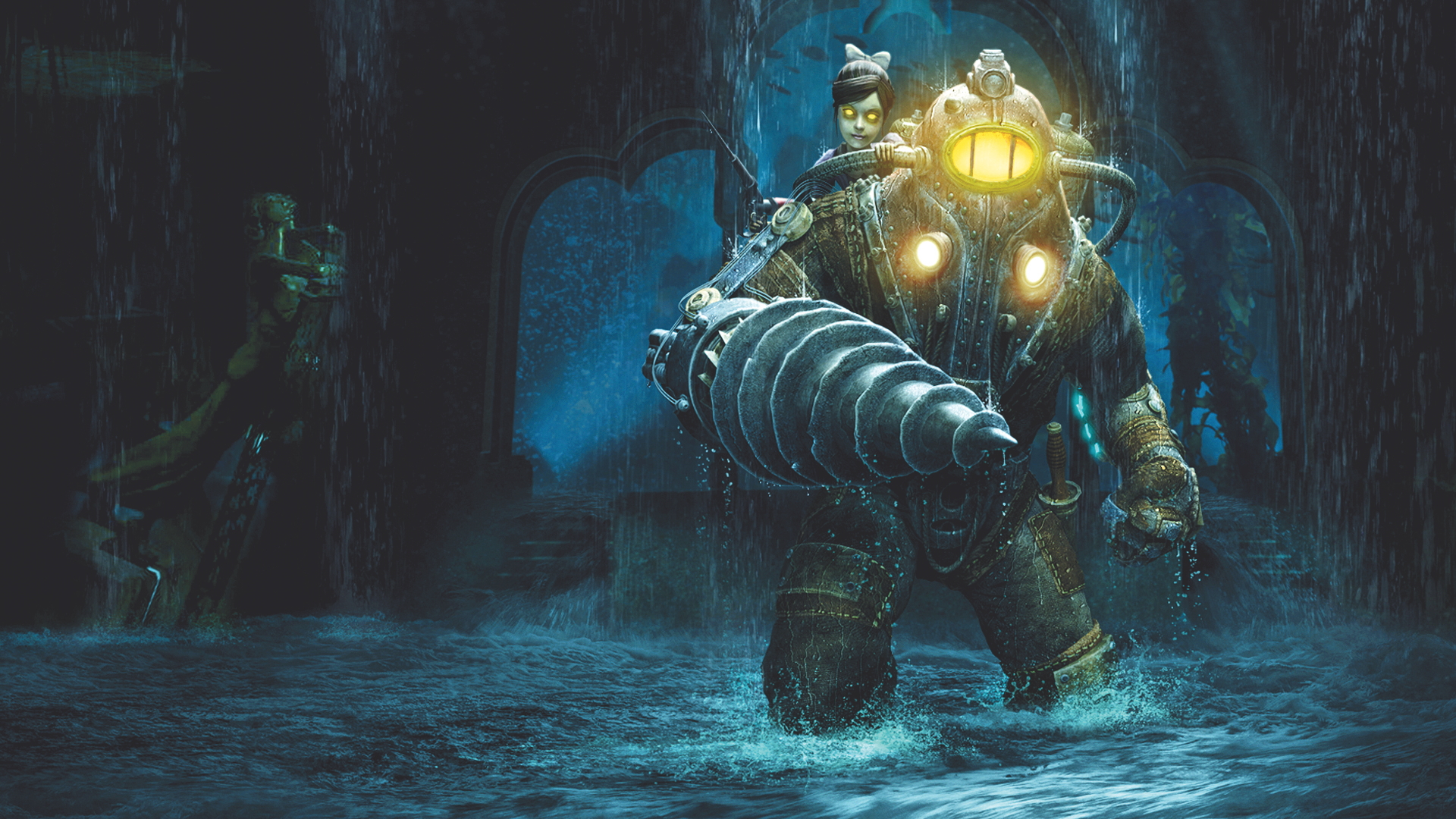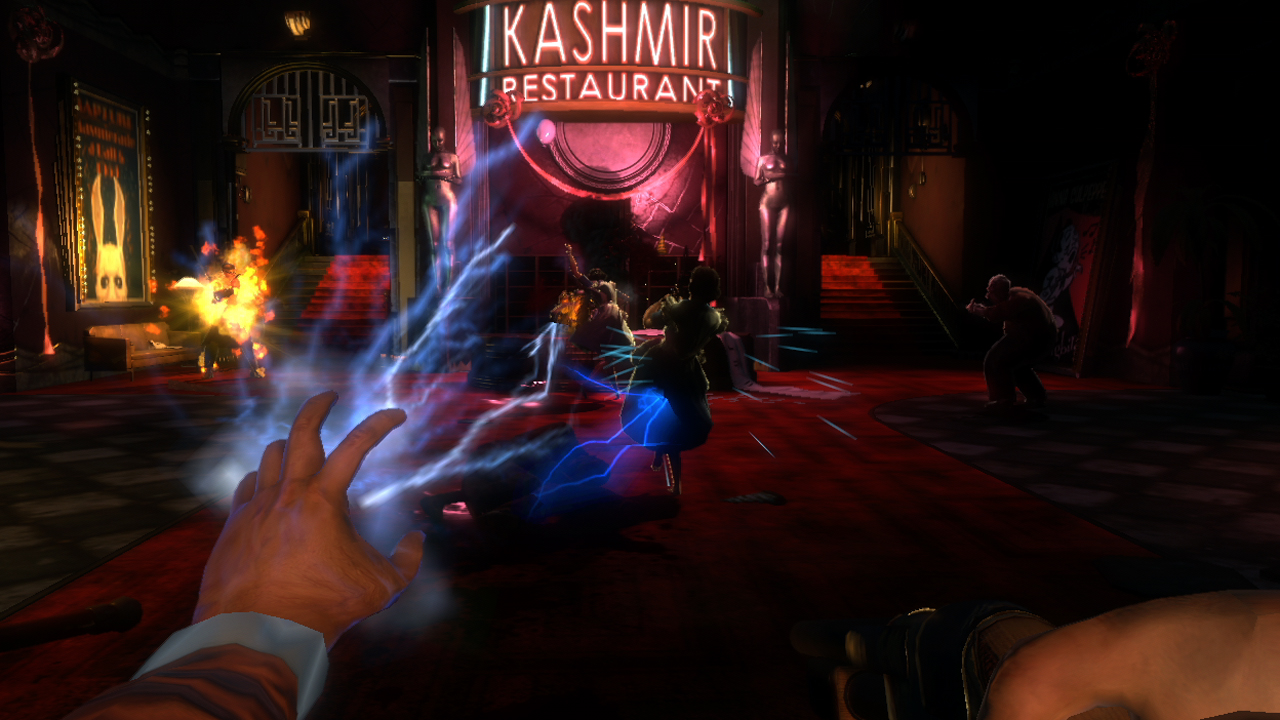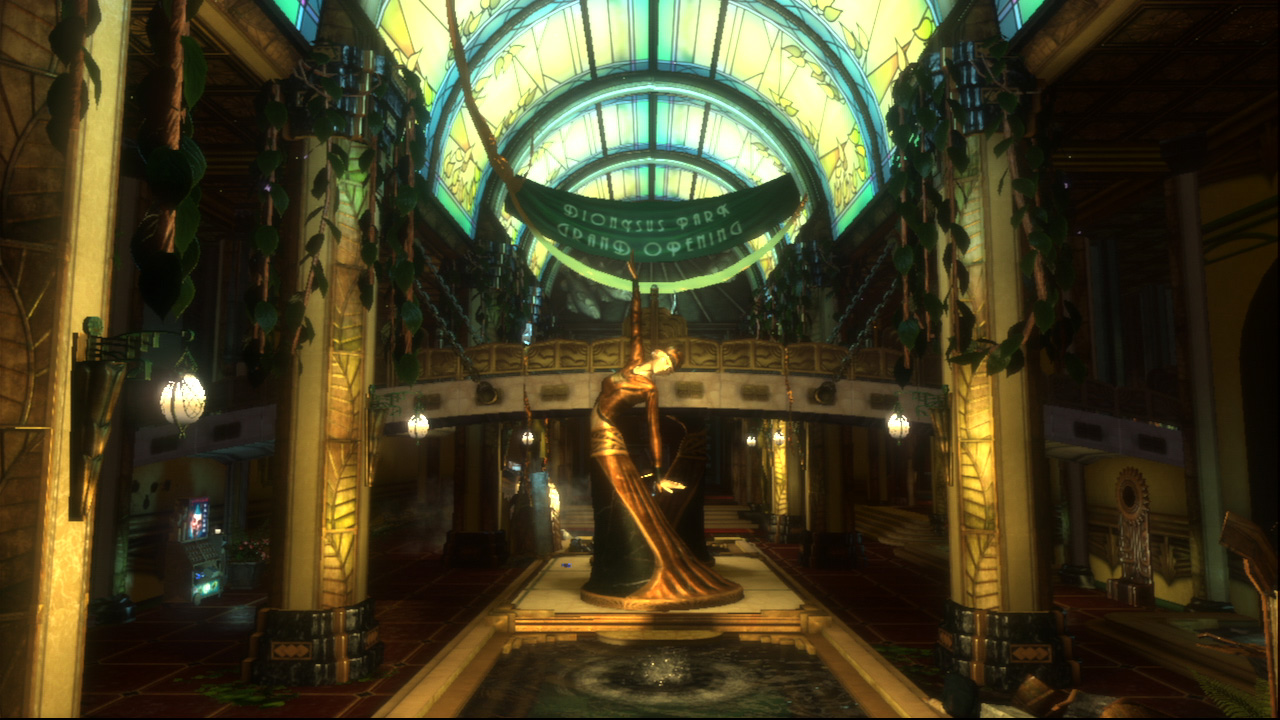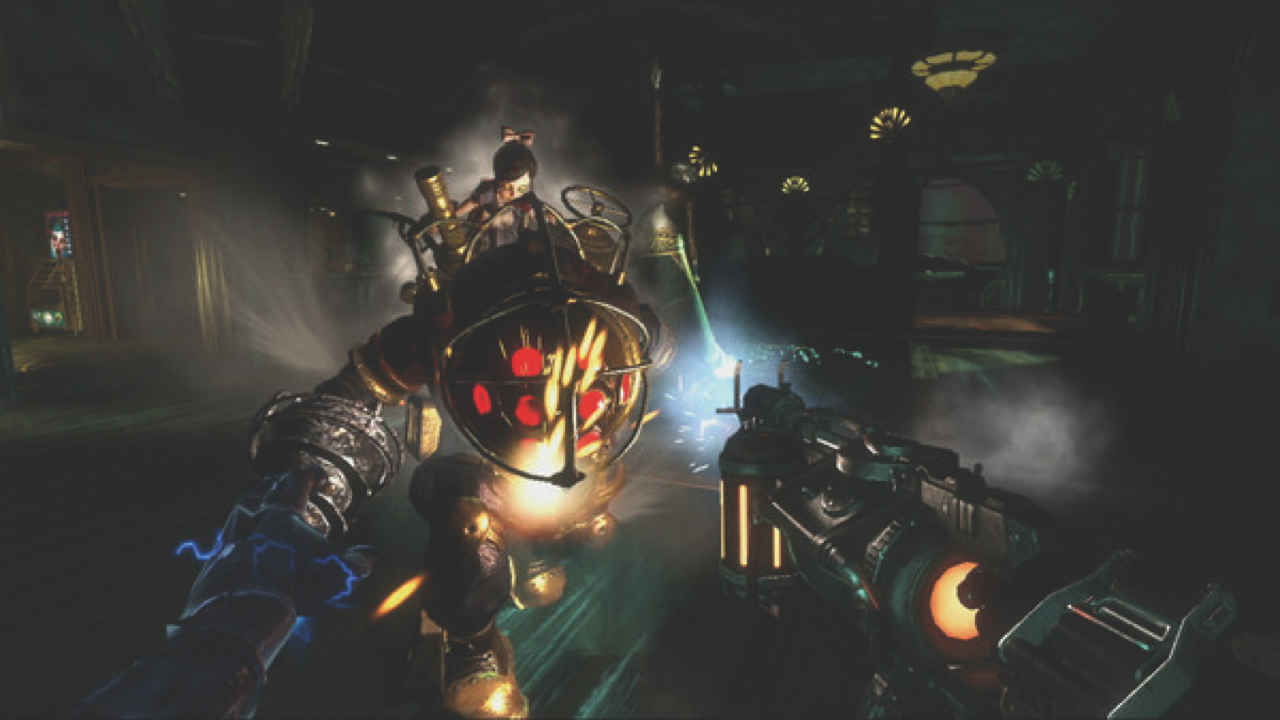Revisiting the underrated BioShock 2 and finding that time has been kinder to it than the reviews were

Ask people which of the BioShock games is best and, increasingly, they’ll choose BioShock 2. At the time of its release, however, it was met largely with indifference. People felt it was retreading old ground, telling the story of a city that had already been told perfectly. Nobody really wanted it. But time has been kind to 2K Marin’s sequel. As I replay it I’m surprised by how well it holds up – and how, in many respects, it’s a much better game than its acclaimed predecessor. Maybe people are right; maybe it is the best one in the series.
In BioShock we visited the underwater city of Rapture in the wake of a civil war, and the place was just about hanging together. Eight years later, in BioShock 2, it’s really falling apart. The ruins are being reclaimed by the sea, with leaks springing from every surface, and the Splicers – hocked up on the superpower-granting ADAM substance – are even more feral and violent.

Returning to the same location does BioShock 2 no favours. It means the sequel can’t hope to recreate that feeling of exploring a completely new place, the likes of which you’ve never seen in a game before. I still get goosebumps during the bathysphere descent at the start of the first game; as the introductory movie featuring Rapture’s founder, Andrew Ryan, slides away, the stirring music swells and the city is revealed in all its glory. In the sequel it feels too familiar.
But at least you get a new perspective on the city this time. That’s partly because you play as a Big Daddy – not one of the lumbering, groaning diving suits you fought in the first game, but Subject Delta, an early, experimental version who is more capable in combat and can think for himself. That’s a dangerous combination, as icy new villain Sofia Lamb discovers after she tries – and fails – to have him killed.

You also get to explore new parts of Rapture. While BioShock took you on a tour of the wealthy, high-class areas – including the adult playground, Fort Frolic – the sequel reveals its darker, dingier corners. You visit Pauper’s Drop, a bleak housing estate built for the working class, and Siren Alley, a shrine to gambling, booze and prostitution. After all, even idealistic cities under the sea need a seedy underbelly.
A new hero, new locations and a distinctly more dilapidated look can’t help you shake the feeling you’ve been here before though, because, well, you have. While the fresh levels, from Dionysus Park to Fontaine Futuristics, are superbly designed and reveal more about the stricken underwater city’s fascinating politics, history and culture, it’s in the moment-to-moment play that BioShock 2 really shines. Fundamentally, this is a much more satisfying shooter, thanks to one important tweak: you can now dual-wield plasmids and weapons. Simultaneously firing my gun and flinging balls of fire at Splicers is something I always wanted to do as Jack, and it’s brilliant. And instead of a rusty old wrench, Delta uses the famous Big Daddy drill-arm as a brutal melee weapon, giving you combat that’s weightier and... crunchier.

As Delta you can adopt a Little Sister. The girl will sit on your shoulder until she spots a corpse, then she’ll begin extracting ADAM from it. The smell of the magical red gene-juice attracts nearby Splicers and they attack in frenzied waves, but you get a couple of minutes to prepare, by hacking security turrets to turn them friendly or laying traps near doorways.
Weekly digests, tales from the communities you love, and more
These sections are fantastic, because they let you experiment with the game’s systems, encouraging you to use as many plasmids and other abilities as possible. Watching your perfectly orchestrated traps, turrets and buzzing security bots deal with the Splicers as they charge towards your Little Sister is a great feeling, although eventually you have to wade in, drill swinging. You can avoid these sections altogether – they’re an optional way to get more ADAM – but they bring out the best in the combat.

BioShock 2 is a fantastic game, but it stands in the shadow of one that made a much bigger impact on the world. Because the story never reaches the same heights and the setting packs less of a punch, it’ll never be as fondly remembered as the original, which is a shame.
So is it the best BioShock? Maybe. While none of its story shocks match the legendary “Would you kindly...” reveal and it doesn’t have any levels as good as the sublime Fort Frolic, its focus on the Big Daddies and Little Sisters – specifically Subject Delta and Eleanor – makes for a much more human, heartfelt story. And mincing up Splicers is so much more fun.
This article originally appeared in Xbox: The Official Magazine. For more great Xbox coverage, you can subscribe here.


